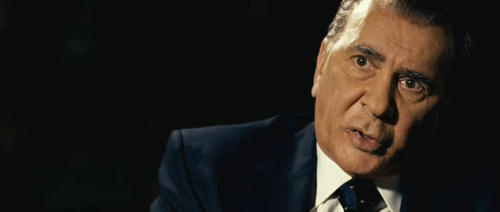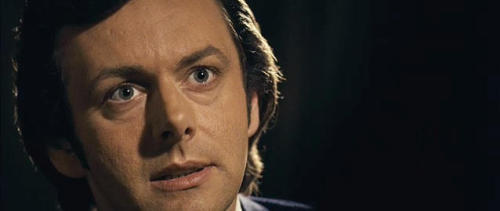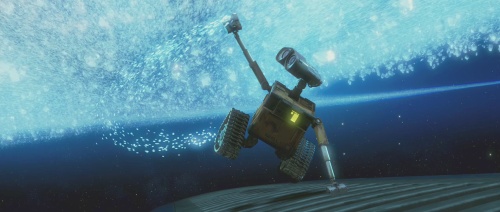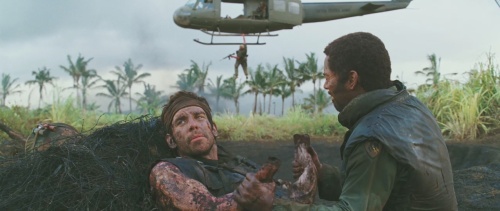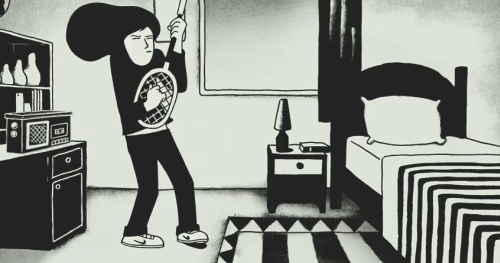W. (Oliver Stone, 2008)
Oliver Stone’s W. is a solid dramatisation of George W. Bush’s life, but Stone has conditioned us to expect something that is both flashier and more incendiary. At his best Stone is an exceptional filmmaker – his earlier political drama JFK is one of the best films of the 1990s, whatever you might think of its central thesis – and with his reputation for shooting from the hip there is no doubt many expected W. to be an extended polemic. Instead, the film is traditionally constructed and fairly measured in its tone. Judging from some of the reviews, which have generally been lukewarm, Stone might have overestimated the willingness of the public to accept a fair-minded account.
I have seen some characterise the film as almost a defence of Bush. I don’t think that’s the case; some of the reviews seem to have set up a false dichotomy between “balanced” and “anti-Bush,” and suggested that because Stone’s film is the former, it can’t be the latter. But Bush is the kind of figure about whom a fair account can still be scathing. Stone is far from defensive of Bush, but he does humanise him and mostly avoids cheap shots. Why take cheap shots when the big picture provides such a compelling condemnation?


